Category Archives: Europe Guides
Why visit Croatia?
Croatia is increasingly becoming a popular holiday destination with families and solo travellers alike. But what is it that is drawing ever growing numbers of Brits to this part of Europe? Read on to find out what the allure is.
Stunning coastline
With over a thousand miles of coastline on the Adriatic and plenty of islands to visit, Croatia is a great sun and sea destination. It is easy to travel between these coastal areas in order to get a bit of variety. With crystal clear sea and picturesque coves, what more could you want?
Moderate temperatures
The sea helps to moderate temperatures in Croatia throughout the year, meaning that winters do not get too cold and summers are not excruciatingly hot. In the summer months Dubrovnik experiences minimums of 14 degrees Celsius and highs of 28.
Natural beauty
Two stunning places to visit in order to see the best of Croatia’s natural beauty are the Plitvice Lakes and the Krka National Park. The former is situated close to the border with Bosnia and Herzegovina with a backdrop of karst mountains.
Here you will find 16 interconnected lakes of the most stunning turquoise colour that will take your breath away. It is a wonderful place to spend the day meandering through the countryside and enjoying the scenery.
Meanwhile the Krka National Park also has a series of lakes and waterfalls, the most famous of which is Skradinski buk, where visitors can swim at its base. This is a great way to cool off after an afternoon walking on the park’s trails, so do not forget your swimwear.
Stone towns and cities
The towns and cities of Croatia are characterised through buildings created out of a pile stone that glows slightly yellow in the sun. Add to this the traditional terracotta roofs and many of these settlements look particularly picturesque.
Approaching towns on the islands from the sea often gives a good first introduction to these places, where churches are usually the dominating feature.
Nowhere is this view more apparent in Dubrovnik, with its incredible buildings and complete set of walls. The old town is often a highlight of many trips to Croatia and walking the entirety of its defences a must-do activity.
From here you can look in towards the sea of terracotta tiles or out to the shimmering waves. Break up the walk with a drink at one of the bars set into the cliffs with a view of the Adriatic.
The cuisine
Croatian food is very much influenced by its proximity to both the sea and Italy, which lies across the expanse of water. The former means that sardines, squid, lobster and shellfish are all in abundance along the coast. Make the most of this by sampling the catch of the day cooked up in the simplest way possible.
From Italy, Croatia has developed a love of pasta and it is made fresh with an assortment of fillings and sauces. These often vary depending on which region you are visiting. Those spending time between more than one place will get the opportunity to taste the difference firsthand.
A thriving capital
Despite the lure of the coast, Croatia’s inland capital, Zagreb still has a lot to offer visitors. There are galleries and museums, top-class restaurants and buzzing bars. Impressive Austro-Hungarian buildings tower over wide squares, while beer halls quench the thirst of the masses.
These are just a few great reasons why to visit Croatia, the list is endless!
A trip to Malta for a holiday or an English course
The European island archipelago of Malta in the Mediterranean Sea is attractive to both travelers and language learners alike and its rich culture, colonial history and pre-history and consistently pleasant climate ensure that you’ll never be short of something to see, do or explore here.
Malta is host to some of the Mediterranean’s most attractive beaches and lagoons and the varied nature of these beauty spots allow you to spend a day on a touristy beach mixing with fellow holiday-makers and locals alike, followed by a day in a secluded bay enjoying some peace and quiet. The more popular, busier beaches offer a wide range of water sports so a day in the sun needn’t consist purely of lying on a sunbed enjoying a good book – although if this is your idea of a relaxing holiday, then Malta’s warm summer and relaxed atmosphere will appeal to you! The crystal-clear, turquoise waters which surround the island make it a perfect base for scuba diving and offer an opportunity to explore the island’s diverse marine life as well as underwater caves, reefs and wrecks.
Inland, there is much evidence of Malta’s fascinating and varied history to be explored. A number of archaeological sites offer a glimpse into life on the island over 5000 years ago and much of Malta’s colonial past is still evident in the architecture, best seen on a lazy stroll through the island’s narrow streets.
For travelers who want more from their trip than a sun tan and a cultural education, Malta is a great place to enroll on an English course. As a bilingual island there are numerous opportunities to practice your language skills outside of the classroom – a trip to one of the many village markets, for example, allows you to indulge in a spot of bargain-hunting as well as striking up a conversation with the locals. One of Malta’s restaurants which offer fabulous, fresh seafood or its several bars and nightclubs give you the chance to let your hair down and make new friends – all the while speaking English of course!
Tenerife’s Most Beautiful Towns
Tenerife is known the world over as being a fantastic holiday destination for those wanting a break at a cheap and cheerful resort where they can soak up some sun in the daytime and let their hair down in the evening. What you might not know, however, is that this Spanish island also contains a wealth of picturesque villages and towns that are ideal if you are hoping to get away from it all.
Indeed, by heading away from Tenerife’s most touristy resorts you will have the chance to get an authentic experience of local life and come across stunning landmarks and destinations that many tourists just don’t get to see.
Your first step in uncovering the isle’s hidden gems ought to be to book a flight and accommodation (the former being something you can do through low-cost airlines like Monarch). Once you’ve done that, you can focus on discovering some of the following.
Arico
Head to the south of the island and you’ll find the quiet, yet charming, village of Arico, Tenerife. Set in a secluded valley, this settlement is the ideal place to visit if you are hoping to get away from it all and relax.
Although it is much quieter than bustling resorts like Santa Cruz and Costa Adeje, that isn’t to say there’s not plenty to keep you enthralled, with the beaches here providing good conditions for swimming and scuba diving. There is the chance to participate in fun sports such as rock climbing, while swimming pools and tennis courts are also available to use.
Make sure you take the time to go on a walk through the village so that you can appreciate the beauty of its whitewashed buildings. Among the most fascinating landmarks that you’ll get to see is the church and, upon stepping inside, you can take in La Virgin de Tajo y Nino, a precious work of art depicting Jesus and the Virgin Mary that dates back to the 16th century.
El Sauzal
Located on Tenerife’s north-west coastline, El Sauzal is the perfect destination for those who want to enjoy the island’s blissful weather but would prefer to do so in a resort that hasn’t experienced mass commercial development. Agriculture is a key industry for the rural town and, with citrus fruits, vegetables and cereals all grown here, it’s the ideal spot for keen foodies to visit.
Wine is another locally made product and there are a number of vineyards in the vicinity that you can visit to learn more about how the drink is produced – you can even enjoy wine tastings in their cellars! For an even greater insight into the local wine industry, stop by the Casa del Vino la Baranda (wine museum) where you can enjoy some locally-made vintages alongside traditional Canary Island meals at the onsite restaurant.
Chirch
The tiny village of Chirch is another fantastic place to visit if you want to see a quieter side to Tenerife. Come here and you’ll find an array of classic Spanish architecture, while traditional ovens that were once used to make roof tiles can also be spotted.
Head to Chirch’s summit, meanwhile, and you can soak up fantastic panoramic views, with the islands of El Hierro and La Gomera visible on a clear day. On July 10th, the village celebrates the Day of the Traditions festival – a day-long event that sees residents recreate the customs and day-to-day activities of the town in the early 20th century. This affects everything from the games that children play to the domestic chores that are carried out, with everybody wearing traditional attire.

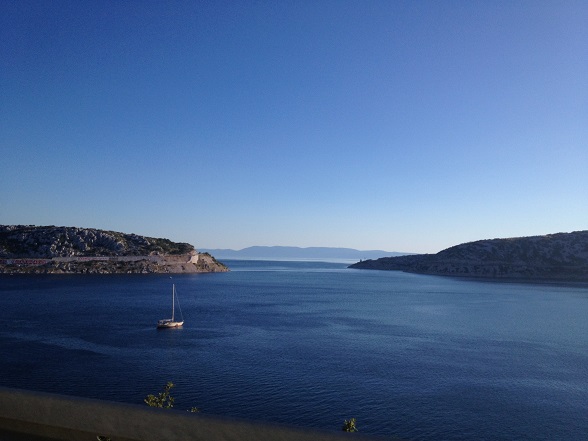
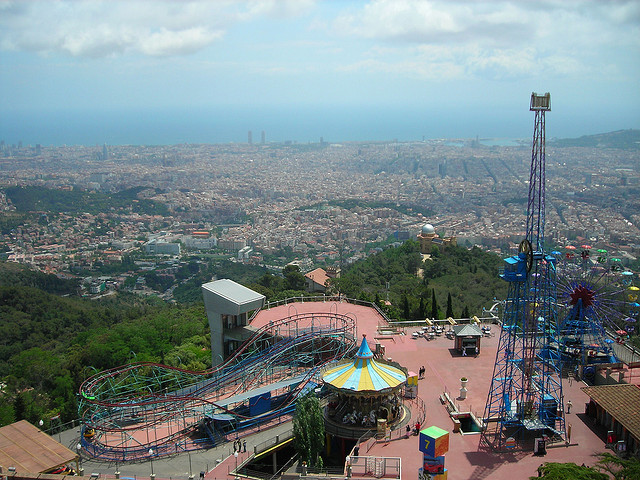

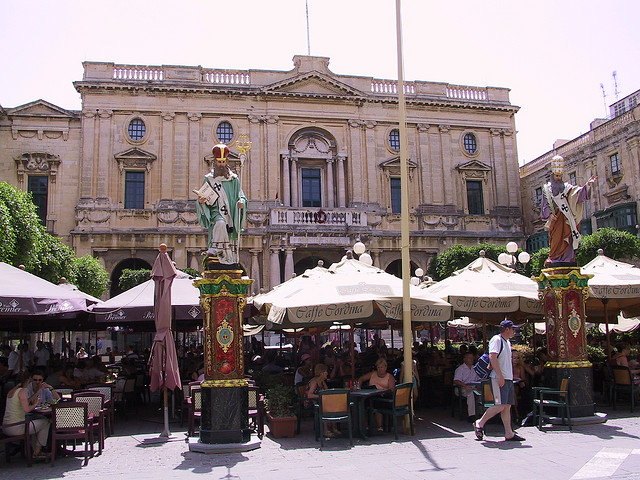
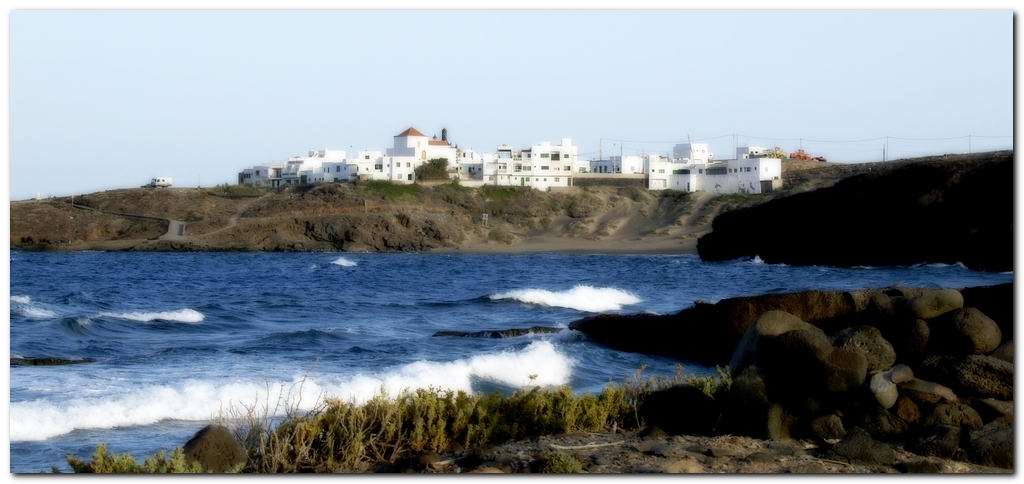
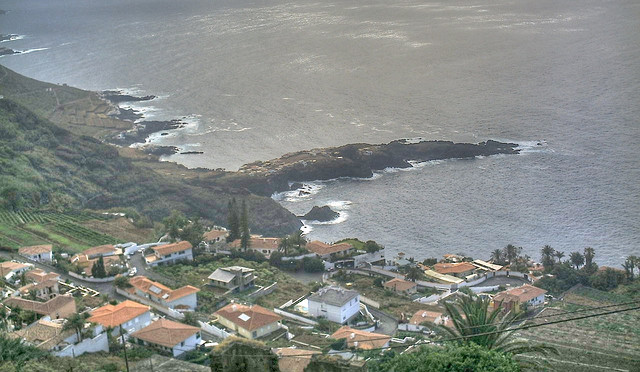



 Welcome to Home Town Travel Guides.com , your source for travel guides written by locals and those who've been there and done that! ~Jeremy
Welcome to Home Town Travel Guides.com , your source for travel guides written by locals and those who've been there and done that! ~Jeremy